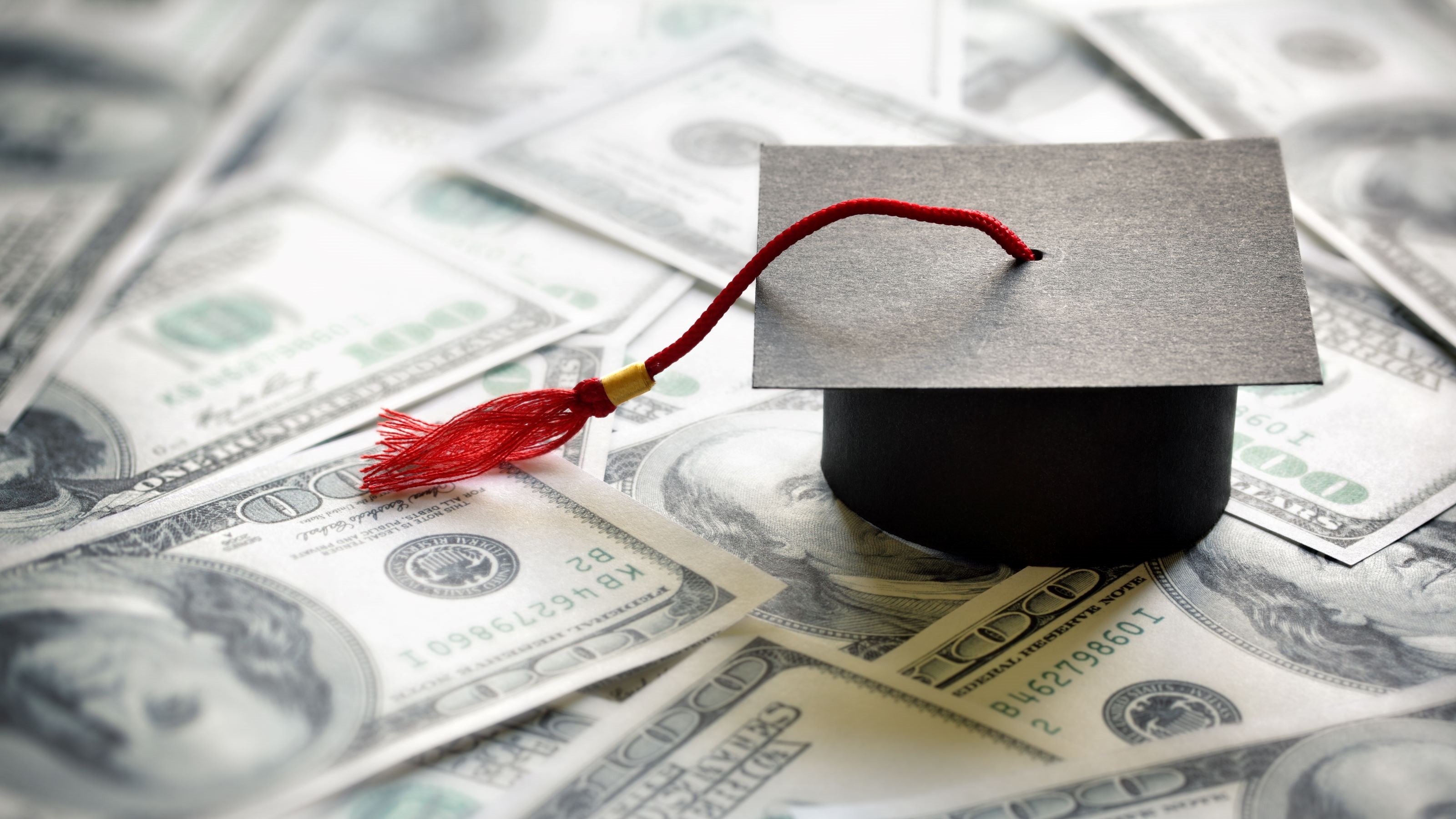Loan Versus Line of Credit
The correct choice will depend on your needs and self-discipline.
The first thing you need to decide is whether to apply for a lump-sum loan that offers fixed payments over a set period of time or a line of credit that you can tap at will. Your choice will depend on your plans for the money and how disciplined you are at handling available cash and repaying debt.
A fixed-rate loan is essentially a second mortgage -- you borrow a set amount and repay it in fixed monthly installments over ten to 30 years. It is usually the best option if you need a given amount all at once -- for a home improvement, say, or to start a business.
For example, You can borrow up to $25,000 for specific improvements to your home with an FHA Title I loan. FHA-insured Title I loans are fixed-rate and can be obtained through contractors or from banks or other lenders. Loan terms run from six months to as long as 15 years. For more information visit the HUD Web site or call 800-767-7468.

Sign up for Kiplinger’s Free E-Newsletters
Profit and prosper with the best of expert advice on investing, taxes, retirement, personal finance and more - straight to your e-mail.
Profit and prosper with the best of expert advice - straight to your e-mail.
With the fixed-rate loan, you are also unable to tap the equity at will. And you may be required to advise the lender when you put your house on the market. In any case, at settlement you must repay the home-equity loan along with your original mortgage. You'll face minor additional fees because clearing title involves an extra step. Your settlement attorney must prepare a release, which can cost from $10 to $50, and file it, usually at a cost of another $10 to $25.
A line of credit, on the other hand, replaces certainty with flexibility. You might arrange for a $50,000 line, for example, then borrow $1,000, $4,000, or $5,000 simply by writing a check. Payback is as flexible as withdrawal, often with interest-only payments allowed during, say, a ten-year borrowing period. You will pay interest only on what you borrow, so if you don't borrow you won't owe anything. A line of credit is the way to go for people who will be borrowing irregular amounts to pay college tuition or to buy a new car.
Home-equity lines are usually structured to expire far sooner than 30-year mortgages, although a few come due only when you sell. Generally, the loan period is divided into two segments -- a "draw" period and a "payback" period. During the draw period, typically five years or so, you can borrow at will. As you pay back the loan, your credit limit is restored accordingly. The length of the draw period is set out in your contract, along with minimum withdrawal amounts and any restrictions on how often you can tap the credit line.
The contract also spells out what happens when your draw period ends. You may be able to renew the credit line, for example, or be required to pay the outstanding balance at once. Alternatively, you could be required to repay the outstanding balance over a fixed period -- say, ten years.
How much credit can you get?
Your home equity is the difference between what the place is worth on the open market and what you owe on it. If you could sell for $200,000 and the balance on your mortgage is $150,000, for example, your equity is $50,000.
The lending market has gotten so competitive that you could borrow up to and beyond 100% of home equity. It all depends on the lender's loan-to-value (LTV) ratio, your credit history and the interest rate you're willing to pay. Generally, the thinner you stretch your home equity -- with a 90% to 100% LTV -- the more you are going to be charged in interest.
Determining your limit is not quite as easy as you might think. If a lender uses an 80% LTV ratio, for example, you could borrow up to 80% of the appraised value of your home, but the 80% figure includes all home debt. Let's say that your home is appraised at $150,000 and you owe $75,000 on a first mortgage. You would be eligible for a credit limit of $45,000. ($150,000 times 80% equals $120,000, less your outstanding mortgage of $75,000, leaves you with available equity of $45,000.) You can use our calculator to determine how much credit you could get.
Home equity debt usually carries a variable interest rate that's somewhere between one and three points above the prime rate -- considerably lower than what you'll pay on credit card debt or unsecured loans.
Deals that allow up to 100% of equity borrowing are more costly. Expect to pay up to five points over prime -- still a good deal compared to credit card rates.
Many banks also offer a lower teaser rate for the first six months to attract new customers. When you add in the tax savings, you just can't beat those rates.
But be sure not to bite off more than you can chew. You'll want to be sure to keep your credit clean, especially if you're going for a home equity line of credit.
As a rule, the majority of home-equity lenders check borrowers' credit every year or so. If something on your credit report turns sour, your line of credit could be frozen or reduced.
How much can you deduct?
If the money will be used to improve your home, the sky's the limit. You can deduct up to $1 million of mortgage debt used to buy a home or make major improvements. For other home-equity debt, the cap is $100,000 (beyond the loan you took to buy the house). It's deductible for any use except buying tax-exempt bonds or single-premium life insurance.
In other words, the government subsidizes the cost of borrowing if the loan is secured by your home. Consider what that means on a $10,000, ten-year loan at 8%. In the first 12 monthly payments, interest totals $775. If the loan is secured by your home and the $775 is deducted in the 27% bracket, the federal government effectively pays $209 of the interest. (Your state government might help, too, assuming you also get the benefit of the deduction on your state return.)

Tapping Your Home Equity

Get Kiplinger Today newsletter — free
Profit and prosper with the best of Kiplinger's advice on investing, taxes, retirement, personal finance and much more. Delivered daily. Enter your email in the box and click Sign Me Up.
-
 The AI Doctor Coming to Read Your Test Results
The AI Doctor Coming to Read Your Test ResultsThe Kiplinger Letter There’s big opportunity for AI tools that analyze CAT scans, MRIs and other medical images. But there are also big challenges that human clinicians and tech companies will have to overcome.
By John Miley Published
-
 The Best Places for LGBTQ People to Retire Abroad
The Best Places for LGBTQ People to Retire AbroadLGBTQ people can safely retire abroad, but they must know a country’s laws and level of support — going beyond the usual retirement considerations.
By Drew Limsky Published
-
 What To Know if You’re in the Market for a New Car This Year
What To Know if You’re in the Market for a New Car This YearThe Kiplinger Letter Buying a new car will get a little easier, but don’t expect many deals.
By David Payne Published
-
 Will Lower Mortgage Rates Bring Relief to the Housing Market?
Will Lower Mortgage Rates Bring Relief to the Housing Market?The Kiplinger Letter As mortgage rates slowly come down here's what to expect in the housing market over the next year or so.
By Rodrigo Sermeño Published
-
 Car Prices Are Finally Coming Down
Car Prices Are Finally Coming DownThe Kiplinger Letter For the first time in years, it may be possible to snag a good deal on a new car.
By David Payne Published
-
 New Graduates Navigate a Challenging Labor Market
New Graduates Navigate a Challenging Labor MarketThe Kiplinger Letter Things are getting tough for new graduates. Job offers are drying up and the jobless rate is increasing. Are internships the answer?
By David Payne Last updated
-
 When's the Best Time to Buy a Domestic Flight? The Kiplinger Letter
When's the Best Time to Buy a Domestic Flight? The Kiplinger LetterThe Kiplinger Letter A new study by CheapAir.com has crunched the numbers.
By Sean Lengell Published
-
 Woes Continue for Banking Sector: The Kiplinger Letter
Woes Continue for Banking Sector: The Kiplinger LetterThe Kiplinger Letter Regional bank stocks were hammered recently after news of New York Community Bank’s big fourth-quarter loss.
By Rodrigo Sermeño Published
-
 Anxious Flyers Take Note: The Kiplinger Letter
Anxious Flyers Take Note: The Kiplinger LetterThe Kiplinger Letter Whether it's the routes to avoid that have the most turbulence or the safest airline, we've got you covered.
By Sean Lengell Published
-
 The Auto Industry Outlook for 2024
The Auto Industry Outlook for 2024The Kiplinger Letter Here's what to expect in the auto industry this year. If you’re in the market for a car it won’t be quite as daunting as it was during the pandemic and after.
By David Payne Published